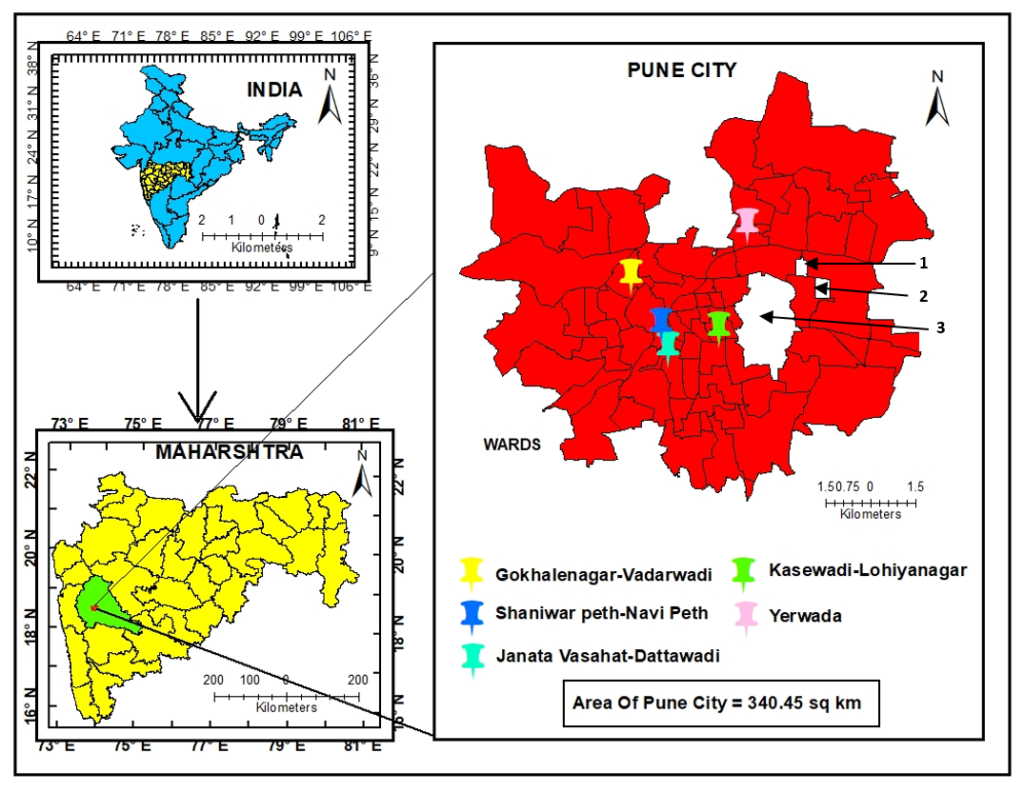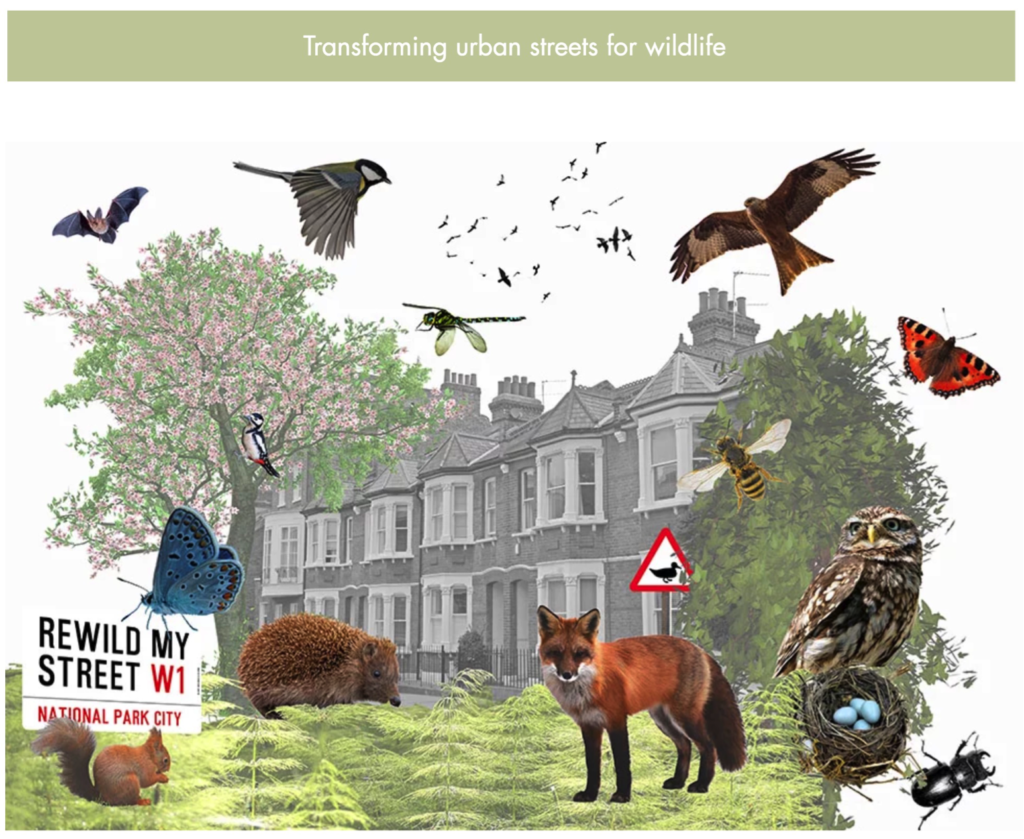City Know-hows

Living in modern cities can increase cardiovascular disease risk. This study analyzes the association between urban design and obesity, proposing a simplified index to assess how the built environment impacts heart health. Our “Urban-Obesity-Index” helps local authorities and planners design healthier neighbourhoods.
Share
Target audience
The problem
Rapid urbanization, especially in developing countries, challenges public health by creating environments that hinder healthy lifestyles. These urban environments, often lacking green spaces and access to fresh food, while facing high pollution and insecurity, contribute to increased obesity and cardiovascular diseases. This complex problem, involving multiple factors, makes evaluating and designing effective interventions difficult. Understanding how these factors contribute to obesity is crucial for planning cities that promote cardiovascular health.
What we did and why
Based on a comprehensive review that analyzed 63 documents with data from 56 countries and 102 cities. A total of 145 indicators were identified and classified to optimize their use and adaptability, with a holistic view to address the problem. This allowed the definition of 23 key characteristics of the built environment that form a practical and simplified “Urban Obesity Index” for planners and local authorities to assess neighbourhoods and identify priority areas for intervention.
Our study’s contribution
For understanding the association between the urban environment and cardiovascular health:
• We developed the “Urban Obesity Index,” a practical tool for assessing how the built environment influences cardiovascular health.
• This index incorporates health determinants and planning strategies to provide a holistic view.
• We emphasize the neighbourhood scale to identify priority intervention areas.
This allows local authorities to integrate cardiovascular health into urban planning and contribute to achieving the goals of SDGs 3 and 11.
Impacts for city policy and practice
The “Urban Obesity Index” provides a practical tool for authorities and planners to:
• assess cardiovascular risk associated with the built environment; integrate cardiovascular health into urban planning; design heart-healthy neighborhoods that promote active lifestyles and access to healthy food;
• promote equity by identifying and addressing inequalities, helping to target interventions to the most vulnerable areas and populations;
• encourage citizen participation in creating healthier cities, raising awareness of the problems and fostering community involvement; and,
• monitor progress to improve interventions, establishing evidence-based criteria for more effective actions and allowing for adjustments and improvements in intervention strategies.
The index is a tool for local decision-making, policy implementation, indicator monitoring, and the inclusion of cardiovascular health in urban planning.
Further information
Full research article:
The weight of place: a relational framework for urban obesity and heart health in diverse contexts by Manuel Antonio Medrano-Blanco, Emilia Román López, Jose Alí Porras-Salazar and Ester Higueras García
Related posts

Age-Friendly Communities improve the elderly’s well-being in Pune, through better healthcare, transport, & housing. It is vital to develop age-friendly communities in urban areas.

City residential streets offer an opportunity to give back to nature, making changes to make them a habitat for wildlife. Our study investigated the behaviour of rewilding

What makes a city truly happy? Drawing on research from nine global megacities, this study identifies the most important factors that foster happiness in urban public spaces. Put these 18 evidence-based criteria to work and transform your city’s streets, parks, and squares.